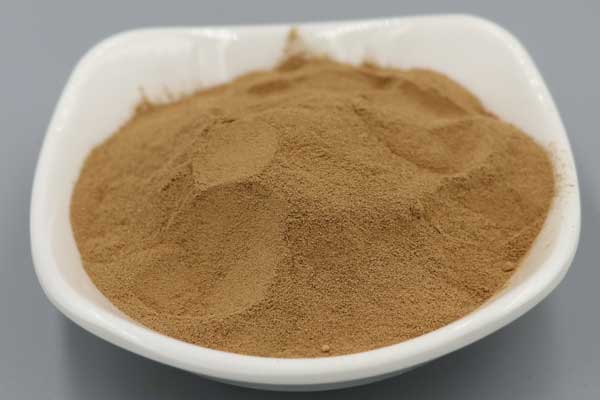


Concrete is the backbone of modern construction, used in everything from residential foundations to massive infrastructure projects.
Concrete is the backbone of modern construction, used in everything from residential foundations to massive infrastructure projects. Engineers, contractors, and architects are always looking for ways to enhance the quality and durability of concrete while optimizing costs. One compound that has emerged as a game-changer in concrete enhancement is sodium naphthalene sulfonate.
What is Sodium Naphthalene Sulfonate?
Sodium naphthalene sulfonate (SNF) is a type of superplasticizer, a class of admixtures that improve concrete’s workability and strength by reducing the water content needed in the mix. Structurally, it’s derived from naphthalene, a hydrocarbon found in crude oil or coal tar, which, when processed, becomes a highly effective dispersant for concrete particles.
How Sodium Naphthalene Sulfonate Boosts Concrete Strength
Concrete strength largely depends on the water-to-cement (W/C) ratio. Too much water can weaken concrete as it creates larger pore spaces, which lowers density and compromises strength. Sodium naphthalene sulfonate works by dispersing cement particles evenly throughout the mix, reducing the amount of water needed for workability. This lower W/C ratio results in denser concrete, yielding greater compressive strength and making it ideal for load-bearing applications.
The molecular structure of sodium naphthalene sulfonate allows it to wrap around cement particles, reducing the tendency for clumping. This leads to enhanced particle dispersion, which results in a more homogenous mixture. By minimizing clumping, sodium naphthalene sulfonate ensures that each particle can hydrate efficiently, creating stronger bonds within the concrete. This also helps prevent issues like voids and weak spots that can compromise the overall integrity of the structure.
Concrete mixes often require more water to achieve the fluidity needed for easy placement. However, this additional water can reduce strength, as it creates a less dense mixture. Sodium naphthalene sulfonate provides the required workability while allowing the concrete to remain dense. Its superplasticizing effect makes it possible to pour and shape concrete more easily, even at lower water levels, which is particularly beneficial in complex structural applications that require precise molding and finishing.
Key Benefits of Using Sodium Naphthalene Sulfonate in Concrete
The primary benefit of using sodium naphthalene sulfonate in concrete is its ability to increase compressive strength. By facilitating a low water-cement ratio and improving particle distribution, it creates a denser, more compact concrete structure that can withstand higher loads. This is especially useful for applications where strength is paramount, such as in bridges, high-rise buildings, and heavy-duty pavements.
Concrete structures are subject to environmental stressors like temperature fluctuations, chemical exposure, and physical wear. Sodium naphthalene sulfonate contributes to a denser concrete mix that’s less porous, which reduces the potential for moisture and chemical infiltration. As a result, concrete structures treated with sodium naphthalene sulfonate experience less cracking, scaling, and other forms of degradation over time, extending their lifespan and reducing the need for frequent repairs.
Concrete shrinkage occurs as water evaporates from the mix, causing it to contract. This process can lead to internal stresses and cracks, which compromise the structure’s integrity. By reducing the water content needed in the mix, sodium naphthalene sulfonate minimizes the potential for shrinkage, helping to prevent cracking and improve overall structural resilience.
Using sodium naphthalene sulfonate can lead to significant cost savings in both materials and labor. By reducing water and cement requirements, this additive helps lower material costs. Additionally, concrete mixed with sodium naphthalene sulfonate has improved workability, reducing the need for intensive labor during placement and finishing. With faster curing times and fewer quality issues, it speeds up project timelines and enhances overall efficiency.
How to Use Sodium Naphthalene Sulfonate Effectively
While sodium naphthalene sulfonate offers numerous advantages, it’s crucial to follow best practices for its use to achieve optimal results. Here are a few key considerations:
Proper Dosage: Use the recommended dosage based on the specific project requirements. Overuse may affect the setting time or lead to segregation, while underuse may not deliver the full benefits.
Compatible Mix Design: Sodium naphthalene sulfonate should be used with a balanced concrete mix design to achieve the desired balance of workability, strength, and durability.
Combine with Other concrete Admixtures as Needed: Depending on the project, sodium naphthalene sulfonate can be used in conjunction with other admixtures like retarders, accelerators, or air-entraining agents to optimize the concrete properties further.
